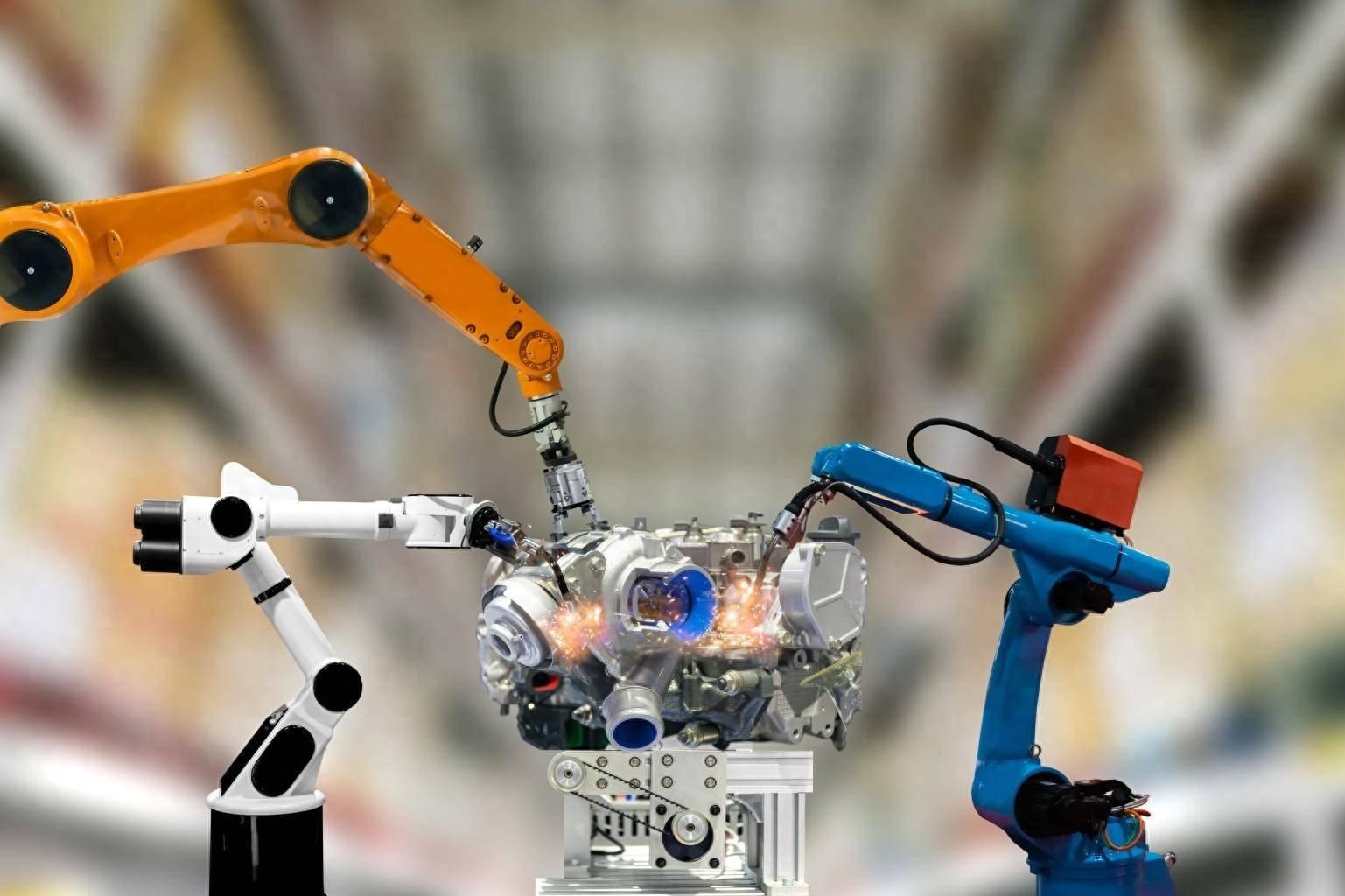Robots are complex systems that rely on various types of electronic wires to ensure efficient power distribution, signal transmission, and communication between components. The selection of appropriate wires plays a crucial role in the performance, durability, and flexibility of robotic systems. Depending on the function, different types of wires are used in robots, including power cables, signal wires, data transmission cables, and high-flex cables.

Power cables are responsible for transmitting electrical energy from the power supply to the motors, actuators, and control units of a robot. These wires need to have high current-carrying capacity, low resistance, and strong insulation to prevent energy loss and overheating.
Signal wires transmit low-power electrical signals between different components of the robotic system, such as sensors, microcontrollers, and motor controllers. These wires must be shielded to reduce electromagnetic interference (EMI), ensuring accurate data transfer.

Modern robots rely on high-speed data transmission for real-time communication and processing. Wires such as Ethernet cables, USB cables, and fiber optic cables enable fast and stable data exchange between robotic components and external systems.
Robots require flexible cables that can withstand constant bending, twisting, and movement without breaking. High-flex cables are designed to endure mechanical stress and have a longer lifespan compared to standard wires.
Under the general trend of intelligent manufacturing, the electronic wire processing industry plays a crucial role in improving the production of robots. While it primarily focuses on cable production, it also brings significant advancements to the manufacturing and assembly processes of robotic components.
Electronic wire processing often involves cutting, stripping, welding, and assembling extremely fine wires with micron-level accuracy. For example, in the production of microelectronic device wires, cutting errors must be controlled within minimal tolerances to maintain electrical performance and mechanical reliability. This level of precision is essential for manufacturing critical robotic components such as joints, sensors, and circuit boards.
By adopting high-precision control methods used in electronic wire processing—such as computer numerical control (CNC) machining and precision mold manufacturing—robot manufacturers can significantly improve the quality of precision parts. This leads to lower defect rates, smoother robotic movements, and improved positioning accuracy.
As robotics and electronic devices become increasingly miniaturized, the electronic wire processing industry is continuously exploring micro-nano manufacturing techniques. Methods like photolithography and etching enable the production of ultra-thin, high-performance electronic wires with specialized surface structures. These innovations contribute to the development of compact, lightweight, and highly efficient robots, enhancing their adaptability in fields such as medical robotics, aerospace, and advanced automation.
Selecting the right wires for robotic applications is essential for ensuring safety, efficiency, and longevity. Key factors to consider include:
With advancements in artificial intelligence (AI), machine learning, and automation, the demand for more sophisticated and efficient wiring solutions is increasing. Future trends in robotic wiring include:
The role of electronic wire processing in robotics goes beyond cable production—it influences precision manufacturing, high-performance connectivity, and technological advancements in robotic design. By integrating high-precision processing techniques, micro-nano manufacturing, and advanced wiring solutions, the robotics industry can continue to innovate and push the boundaries of intelligent automation.
Please Read On, Stay Posted, Subscribe, And We Welcome You To Tell Us What You Think.
Copyright @ 2025 ShenZhen Era WingShing Electronics Co.,Ltd. All Rights Reserved.  Network Supported
Network Supported